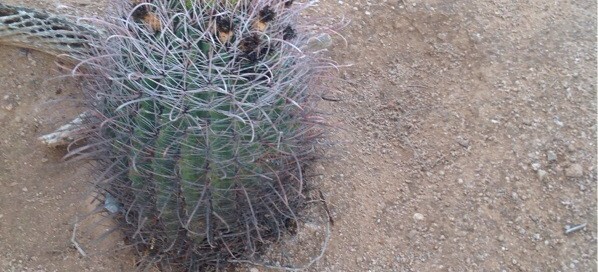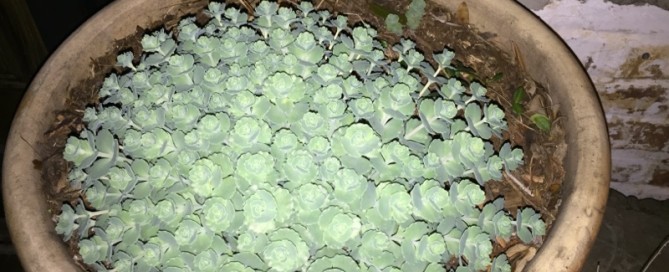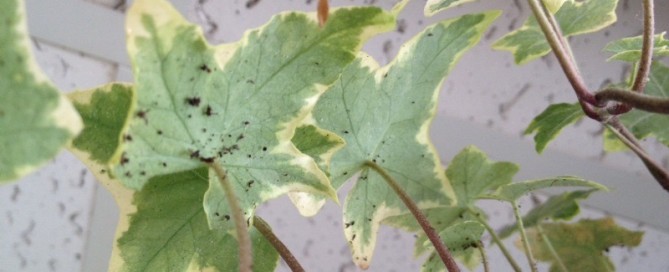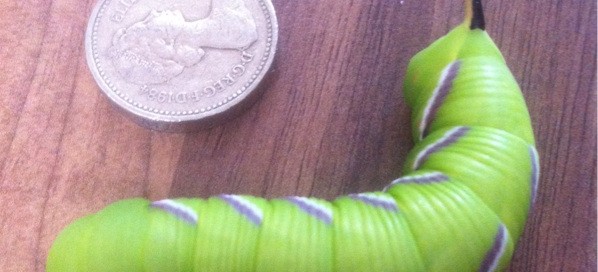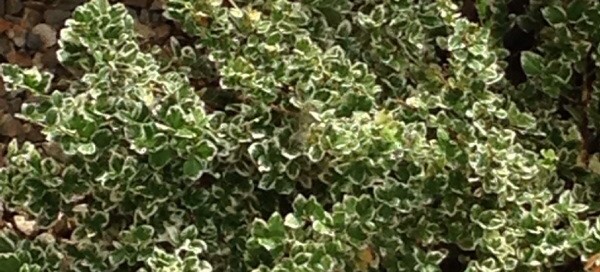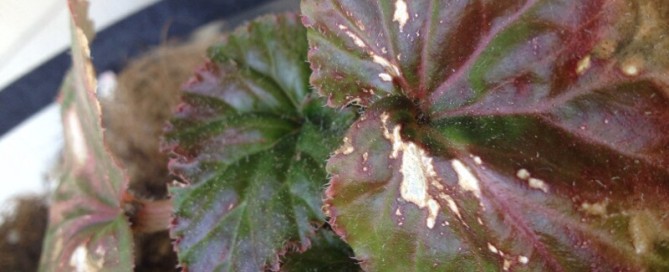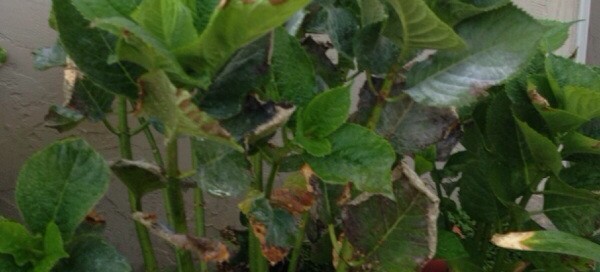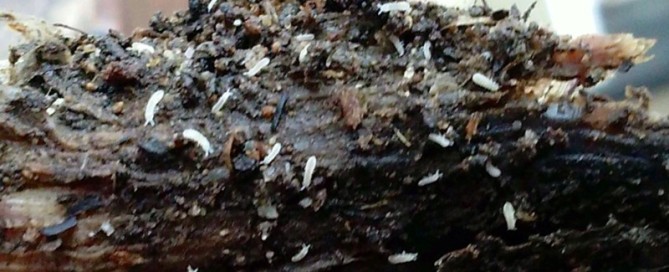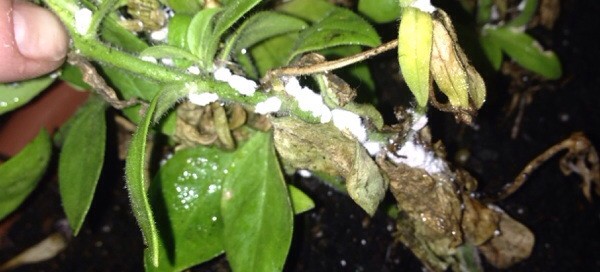Arizona Fishhook Barrel Cactus
Ferocactus wislizenii, native to the deserts of Texas, Arizona, Baja California and Mexico, forms thick cylindrical columns to 6' in height with time. The central spines, usually reddish-brown, are wide and flattened. It is believed that the spines were used in the past as fishhooks. The flowers are variable; usually yellow to a beautiful, glowing deep orange. Requires extra drainage in soil mix, as can be attained with the addition of extra perlite or pumice. Bright light to full sun. Can be grown in a container on a warm, bright patio or in full sun in a garden landscape. Water thoroughly when soil is dry to the touch. Can tolerate temperatures below freezing for brief periods, but is best to protect from frost to prevent scarring.
